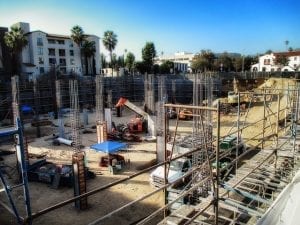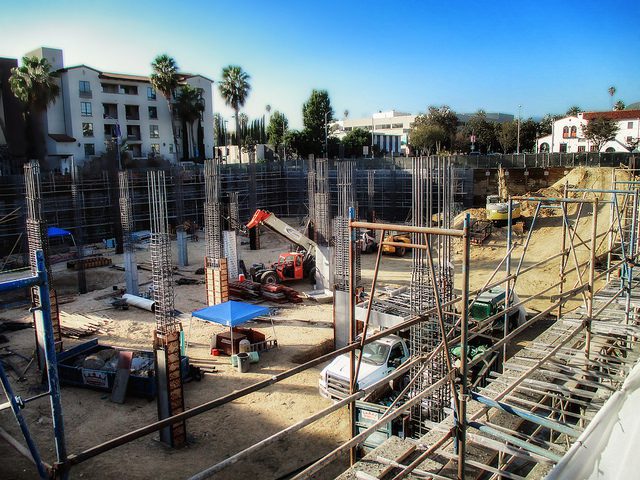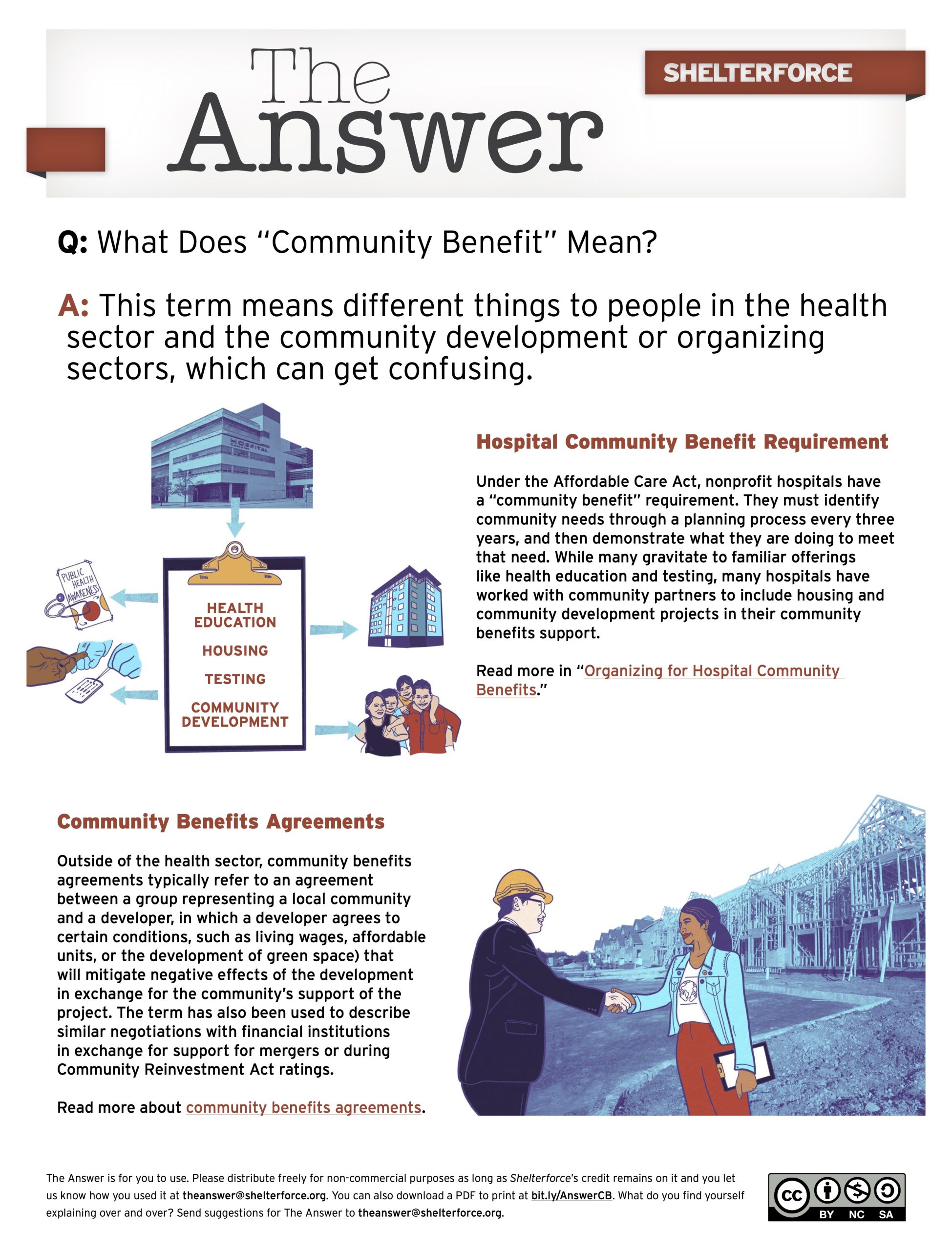
‘Construction Site,’ by Russ Alison Loar via flickr, CC BY-NC-ND 2.0
The media in California supplies a constant flow of coverage on the state’s housing “crisis.” A recent Los Angeles Times headline, for example, simply began with “Yes, California Has a Housing Crisis.” A new podcast devoted to state housing policy brazenly calls itself the “California Housing Crisis Podcast”. And in the lead-up to the recently stalled housing bill SB 827, the housing crisis was consistently cited as the reason for why the bill’s upzoning of significant swaths of California was necessary.
The state is indeed in harrowing circumstances regarding housing, including its status as the home of more than 20 percent of the homeless people in the U.S., but only 12 percent of its population. The spike in residents on the streets in California has led to an increase in public health issues, including a recent Hepatitis A outbreak in San Diego. And a recent report revealed that rising rents have caused at least 30 percent of people living in the state’s metro areas to be unable to afford rent prices in their communities.
However, the widespread hand-wringing over the California housing crisis obscures two crucial facts about housing in the state.
The first is that low-income communities and communities of color have been dealing with a perpetual lack of affordable, decent housing—a real housing crisis—for decades. And so in many ways, recognition of the current “crisis” stems from middle- and upper-income Californians finally being impacted, and using their power to push for solutions that would address their predicament. Unfortunately, these solutions remain almost entirely market-based and fail to address the underlying lack of truly affordable housing that low-income people have had to contend with for years.
Since 1970, the gap between California’s home prices and those for the rest country has been growing. Between 1970 and 1980 alone, home prices in California rose from 30 percent above national levels to at least 80 percent higher. By 1990, lower-income residents were bearing the burden of this trend, with nearly 3 out of every 4 Californians who make half the state median income or less considered housing-cost burdened, paying more than 30 percent of their income toward housing.
The situation affects communities of color even harder and is a trend that continues to this day. The percentage of housing-cost burdened renters in California is greater for households that identify as Black or African American, Latino or Hispanic, American Indian or Alaska Native, or Pacific Islander, compared to those who identify as white.
The more recent designation of our current situation as a “crisis” and the attention paid to it reflects the fact that in recent years, housing has become unaffordable for middle-income and white communities as well. As a recent California Department of Housing and Development report detailed, being housing-cost burdened is a “near universal experience for low-income renters, but in the highest-cost metropolitan areas, cost burden is rapidly spreading among moderate-income households.”
With all of this in mind, it is easier to understand the reasoning behind recent bills like SB 827, which as originally proposed sought to increase supply without ensuring increased affordability for low-income Californians. Decreased housing affordability wasn’t an issue of concern for many until it started making middle-class life uncomfortable. The solutions to this crisis are therefore geared toward making housing affordable to the middle class again through market-based solutions.
The second fact to remember about our current housing crisis is that the nature of capitalism ensures that without restructuring our economy, we will endure regular, severe housing crises.
Similar to health care, housing represents a basic element of survival that most would argue every human deserves. Yet also similar to health care, our current system treats housing, another basic human right, as a commodity. Developers construct housing units not to ensure that everyone in California has a roof over their head, but to make a profit. In practice, this means that housing gets built not for those who need it most, but for whoever will make developers the most money. The result is luxury condo towers that provide an investment opportunity for the rich rather than homes low-income Californians can actually afford. Despite a massive need for affordable housing, the state currently has a 300,000-unit surplus of above-moderate income rental housing.
Or, as David Madden and Peter Marcuse put it so succinctly in their book, In Defense of Housing, the “housing crisis is not a result of the system breaking down but of the system working as it is intended.”
As with other commodity markets, the race for profit in the housing market ultimately creates a massive disparity between winners and losers, as competitors dwindle and economic power is increasingly consolidated. For example, in Sacramento, investment firms began buying up single-family homes soon after the housing crash. This ultimately resulted in a single investment firm, the Blackstone Group, owning more single-family homes than any other entity in Sacramento County. The makings of a monopoly are now in place, with Blackstone having the ability to significantly manipulate the cost of single-family rental housing in the Sacramento area. Such monopolies are natural outgrowths of capitalism, and without a significant public sector housing supply, things will continue to get worse.
Californians should be careful when they hear the term “housing crisis.” While it may accurately describe the situation in our state, it can be used to ram through proposals that do very little to solve the problem.
The pretext for introducing SB 827 was that it would help by massively upzoning housing around transit centers. The strategy supposedly would have helped solve the housing crisis by providing an increased supply of housing but risked widespread gentrification and displacement in the process. The effort was similar to putting a bandage on a gaping wound—nothing will change for communities of color and millions of low-income Californians until we address the underlying problem, which is near total commodification of a basic human right.
A great deal can be learned from affordable housing advocates who, for decades, have pushed the state to truly address the housing crisis. These advocates have long recognized that quick fixes do not exist; we need a sustained commitment of public funds if we ever hope to address the long-term needs of all residents.
One specific proposal recently offered that would help heal our housing wounds can be found in the recent People’s Policy Project report “Social Housing in the United States.” The report’s author suggests that constructing a large number of government-owned municipal housing developments would provide a powerful new source of units that would serve all income levels and communities. Unlike past American public housing, every resident in the communities they’re built in would be eligible to live in them, regardless of income.
Dramatic proposals like this are what will truly solve our real housing crisis—the long-term, historical situation that will remain until we truly begin the process of providing real alternatives to commodified human rights.





We have a crisis on affordable housing in SF city as well as the entire state of California. We have to put in the election to demand we build entire buildings of affordable housing. We must also put an end to selling our land in SF, and to demand that city property and empty lots be designated for affordable housing. Finally put an end to selling SF land to construction business that only allocate a handful of apts for affordable housing and the majority of the Apts are rented at a regular high rent and on top of that this 10 or 15 affordable Apts are given to the people in a lottery system. That has to end. It is now a big problem of not having enough affordable housing for SF residents and seniors. It is the SF government’s responsibility to build enough affordable housing for its residents. The SF government is not taking care of this problem. Therefore, it is imperative to put it on the election so that the people can demand the SF government to build a lot of affordable housing. There are too many homeless in SF and the government had plenty of money to build affordable housing in every empty lot on city land.
Look for our ads in the Oakland Post in coming weeks. We will be seeking California renters with portable jobs to move and buy in a community in Memphis where the average sale price for a 1,200 square foot house is $39,500…..Steve Lockwood, Frayser CDC, Memphis, TN.